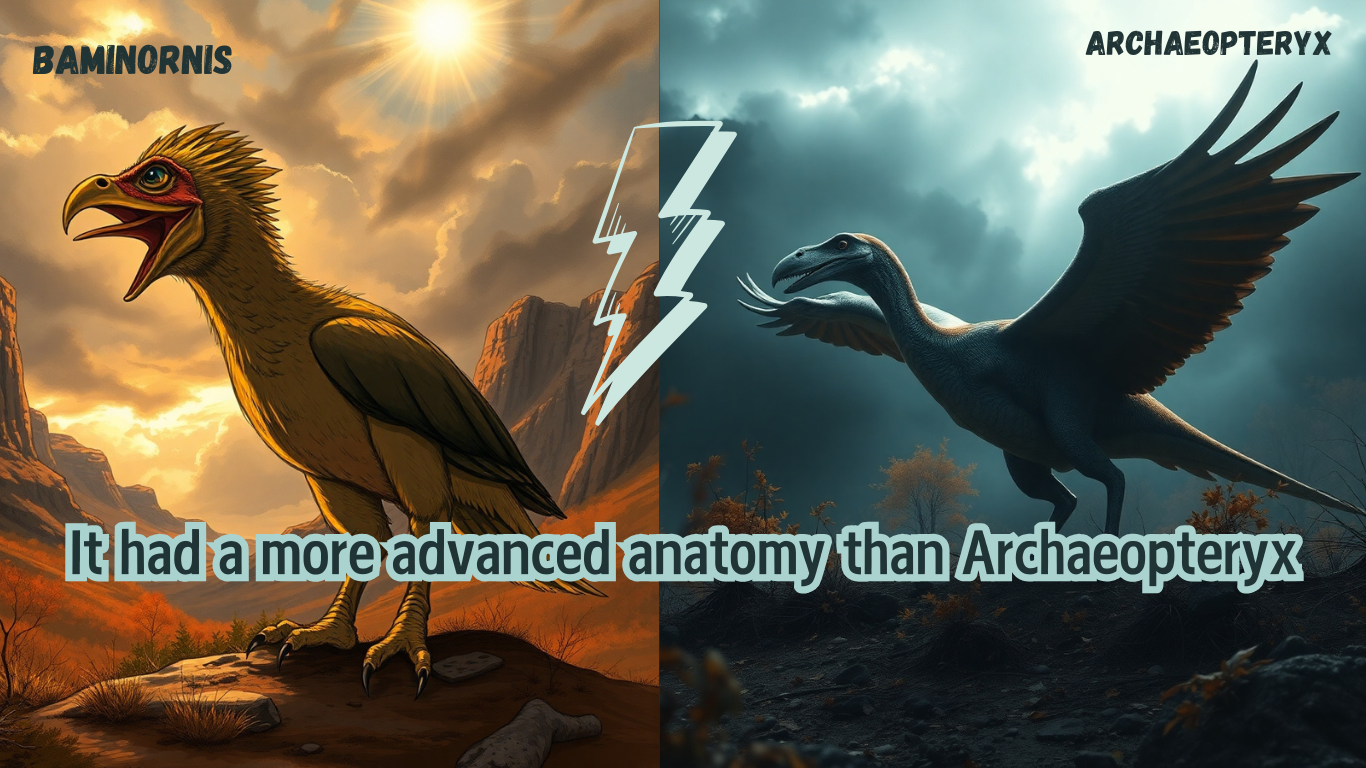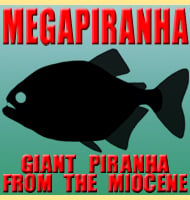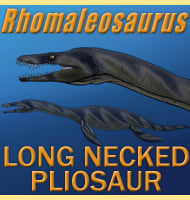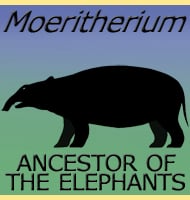Scientists have found a bird fossil in China that Rewrites what we know about early birds. This bird, named Baminornis zhenghensis, lived around 150 million years ago and had features that are more like modern birds than previously discovered fossils.

This discovery is super important because it shows that birds were more diverse and advanced much earlier than we thought. It pushes back the timeline of bird evolution by millions of years.
Before, the only well-known bird from the Jurassic period was Archaeopteryx. But Baminornis is different. It has a short tail, just like birds today.
Archaeopteryx had a long, reptile-like tail. This new bird, Baminornis, shows that short tails, which help birds fly better, evolved much earlier than we thought.
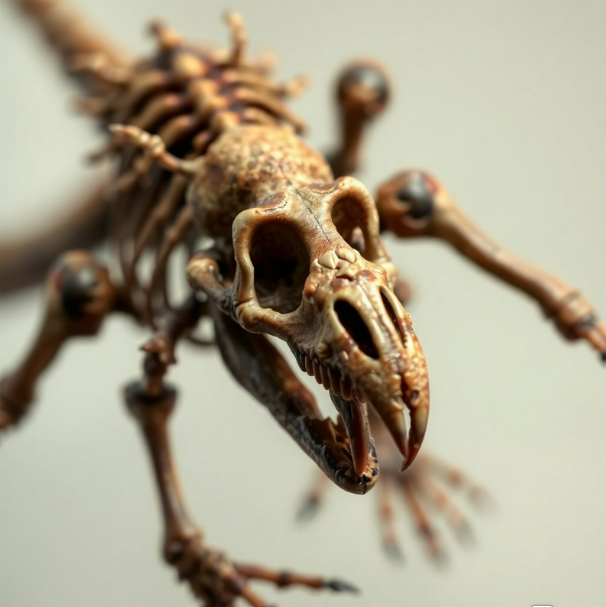
Key Features of Baminornis
- Baminornis was about six inches long, about the size of a quail.
- It had a short tail ending in a bone called a pygostyle. This is like the short tail of modern birds.
- Its shoulder and hip bones were also similar to modern birds.
- Unlike Archaeopteryx, Baminornis was a better flier.
- It still had some dinosaur-like features like claws on its hands.
Scientists found the fossil in Fujian Province, China. The area was once a swamp where dinosaurs, reptiles, and fish also lived.

The fossil is not complete. It is missing the skull, so scientists don’t know exactly what it ate or how it lived. But they believe it probably had teeth.
What This Means for Bird Evolution
The discovery of Baminornis suggests that birds evolved even earlier than thought. It shows that there was more than one type of bird living in the Jurassic period.
The fact that Baminornis and Archaeopteryx are so different but lived at the same time suggests a diverse history for early bird development. The two birds also lived in different parts of the world.
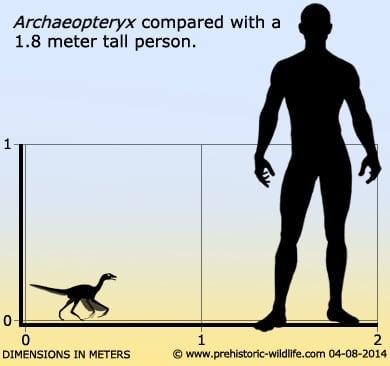
This idea of early bird diversity is supported by the finding of another fossil from the same site. This second fossil is just a wishbone, but it’s similar to a wishbone in a group of birds that came much later.
These discoveries show that bird evolution was more complex than we previously understood.
The scientists published their findings in a science journal called Nature. They used different methods to study the fossils and figure out where Baminornis fits in the history of bird evolution.
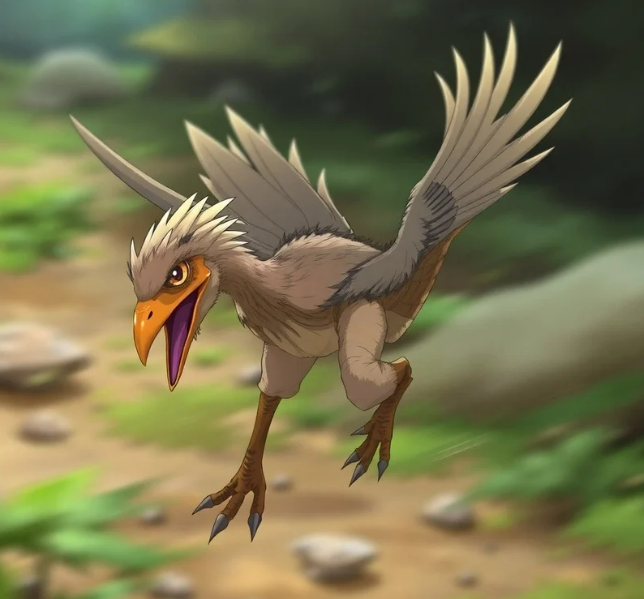
This new research tells us that birds were probably already flying all over the world during the time of the dinosaurs.
This fossil helps scientists learn more about how birds came to be. It is a big step forward in understanding the early evolution of our feathered friends.
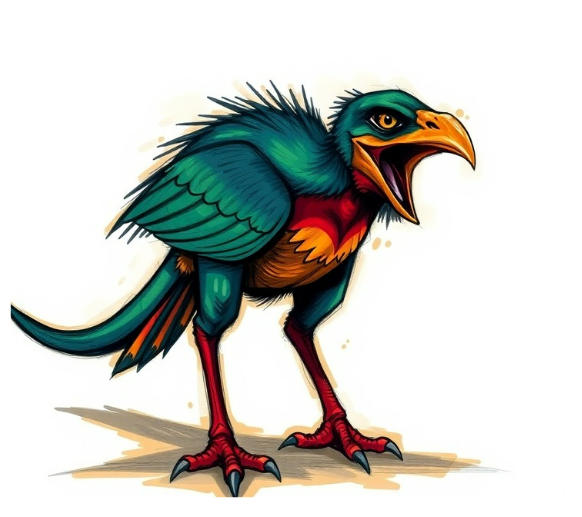
It also proves that birds were already evolving into many different forms during the time of dinosaurs. The Baminornis fossil shows that the story of bird evolution is still being written.
